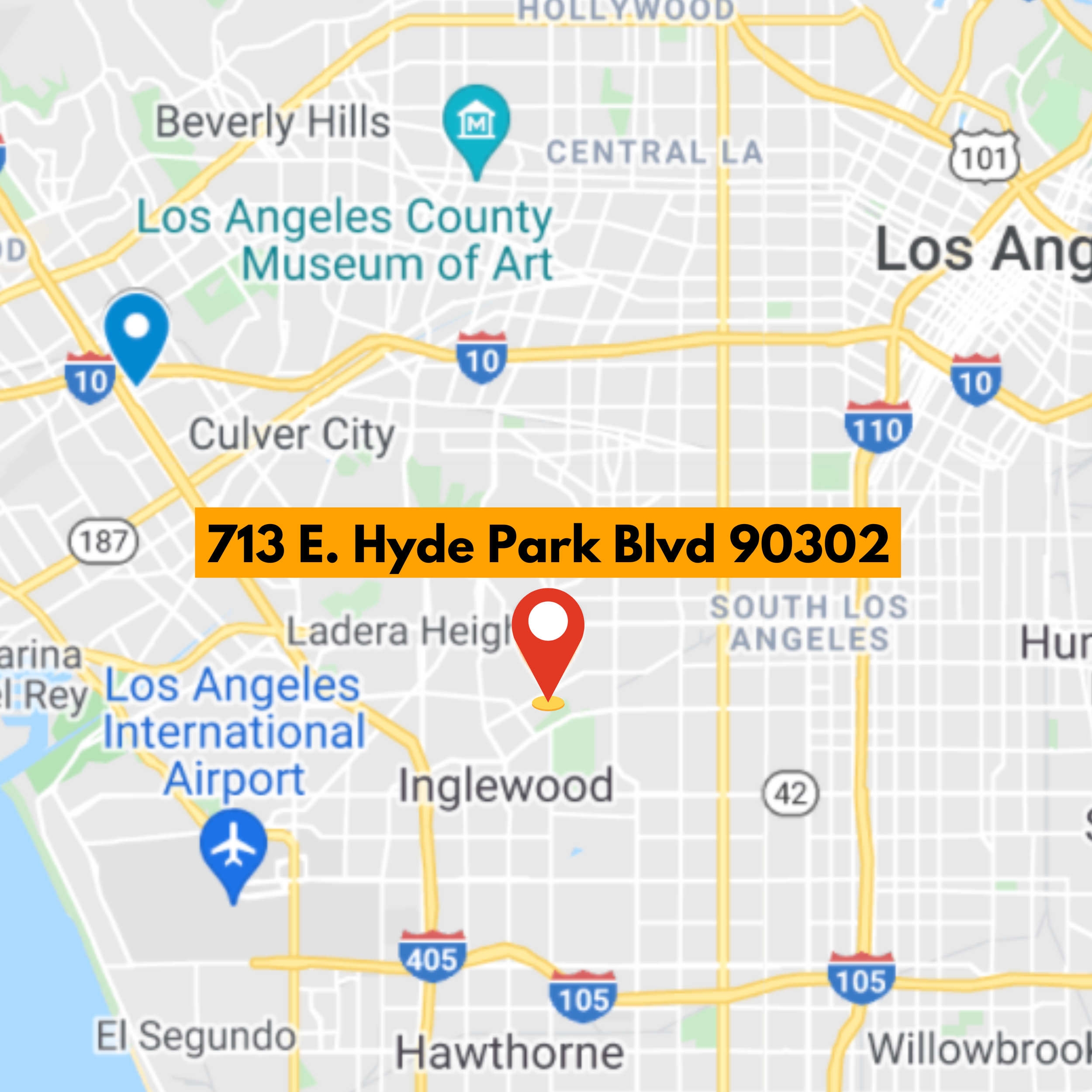Navigating the quest for authenticity in Tango
/by Sharna Fabiano
Above: A Tango mural created by the artist Monteleone for Salon Canning
As tango dancers, we’re familiar with the term authentic. We see it on flyers, on websites, and in artist biographies. Authentic tango is legitimate, valuable, the real thing. It also implies its opposite: an inauthentic, bogus, fake tango lurking out there somewhere. Clearly, authentic is good, fake is bad. But what is authentic, and what is fake? How do we know? And from where did this distinction come in the first place?
My dictionary tells me that authentic means “of undisputed origin.” From this we might decide on a standard for tango as it is danced in Buenos Aires or Montevideo, or as taught by individuals born or residing in those cities. But what about those just passing through? What about the Irish, Serbian, and Japanese students of traveling Argentine and Uruguayan artists? What about the students of those students? Is the tango still authentic as its geographic places of practice expand?
It’s tempting to idealize the past. Foreigners and natives alike fantasize about some fixed moment in history when tango was “authentic.” We try to channel that moment, to become it.Salon Canning, Buenos Aires, November 14, 1936. But I suspect that if authentic tango were limited to a single place and time, or even to a region and a few decades, it would already be extinct. And if all of the other tangos we know today are fake, well then, why bother?*
In the meantime, consider these other definitions of authentic: “denoting a significant, purposive, and responsible mode of human life,” “true to one's own personality, spirit, or character,” and “executed with due process.” These too, are useful, and help us understand why there is such vehement debate over authenticity in the first place. It’s likely that each of us has a slightly different take on what constitutes “significant, purposive, and responsible,” and on what “due process” entails.
Dance traditions are created by human beings, and dances, like humans, shift and change. Argentine dancer Olga Besio wrote, “The tango is a living thing, like a human being.” Think about your own life: your hairstyles, favorite music, and political views. Which is more authentic, you at 6 years old or you at 32? If someone wants to get to know you, they listen to your stories, meet your family, and spend time with you. They gradually learn about your life in its entirety, as it has unfolded this far and how it is unfolding now.
To get to know tango, we need to listen to its stories and meet its family. We need to spend time with it. It is through this learning process that our tango becomes authentic. Authenticity, by this standard, is a question of degree, not of either-or. It is subjective, not objective. It is an individual practice, meaning that the authenticity of one dancer cannot diminish or negate the authenticity of any other dancer. That’s how ten thousand tango dancers can move differently from one another, yet all be dancing authentic tango.
*For a critical analysis of authenticity in the tango, check out Marta Savigliano’s book, Tango & the Political Economy of Passion and Carolyn Merritt’s forthcoming one, Tango Nuevo.
___
Significant, purposive and responsible, Sharna Fabiano teaches 200-level Tango at Oxygen Tango in LA on Wednesday nights at 9pm. To get to know her, listen to her stories or taste her delicious homemade granola. Sharna is also a co-developer of Oxygen's flagship programs the Tango Challenge and the Tango Journey. This is part 1 of a 5-part series on the personal qualities that support good Tango dancing.



